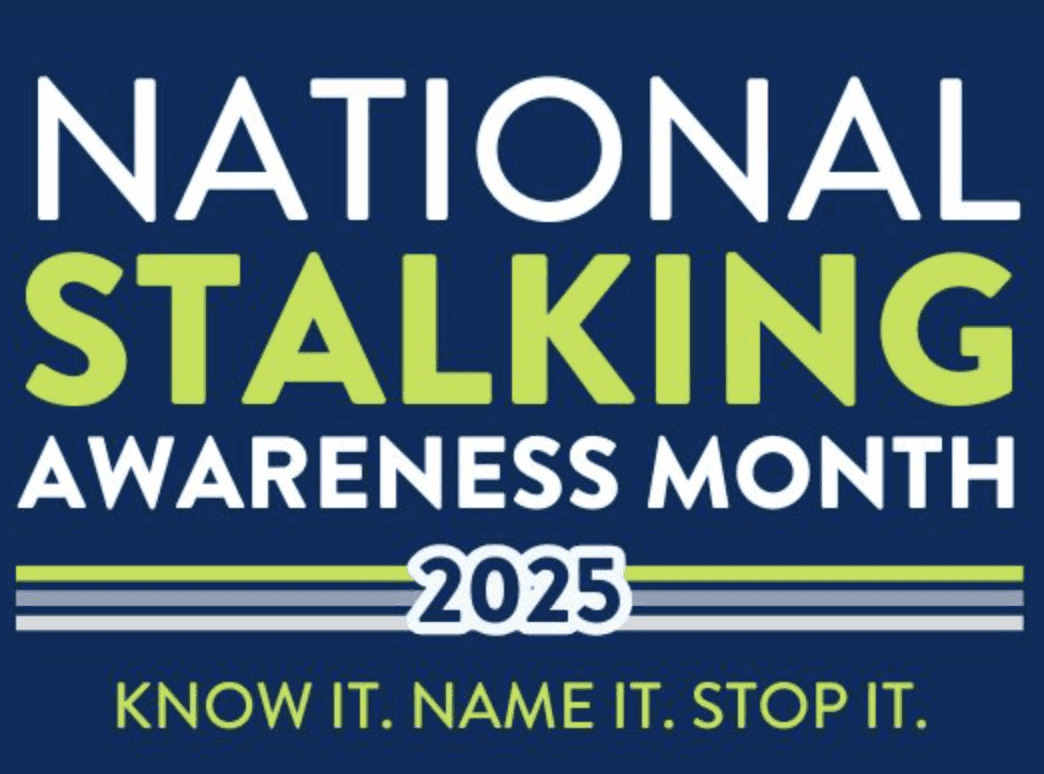By Vanessa Loy
Sonshine Communications/BPRW
One of the worst fears of parents is that their child is abusing drugs and alcohol. Ever since the eruption of the 1960s drug counterculture, each succeeding generation faces this problem. Many of today’s parents were tempted in their youth with drug experimentation, so they are familiar with the most recognizable threats. They know about alcohol, marijuana, cocaine, methamphetamine and heroin; the substances disguised with multiple slang names, passed around at parties and sold on street corners. But too many parents don’t see what is literally in their faces when teens abuse household substances, over-the-counter (OTC) medications and prescription medications.
How bad has it gotten? Teens are now abusing cough medication, prescription pain medication, stimulants, tranquilizers and inhalants, all products they can access from their own homes. Users can be a group of friends trying to get high, a stressed student using stimulants for late night exam cramming, or a depressed teen using tranquilizers to forget the pain. Ritalin, OxyContin and Vicodin are some of the most commonly abused substances.
Users of OTC cough syrups are attracted to an ingredient known as dextromethorphan, or DXM. DXM gives the user a hallucinogenic effect when consumed excessively, but it can also cause permanent brain and bodily damage and death. Another commonly abused ingredient in cold and allergy medications is pseudoephedrine, which is necessary to create methamphetamine. Many pharmacy stores record the names and other personal information of customers who purchase any product containing pseudoephedrine. As with traditional street drugs, OTC and prescription medications are even more dangerous when mixed with alcohol.
Inhalants are another potential source of substance abuse. These are the numerous products with legitimate purposes that users inhale or sniff to get high. Aerosol spray dispensers, glue, correction fluid, nail polish remover and cleaning fluid are just some of the products that young people have inhaled to get high.
As parents, it is vital that you include these products as you discuss the dangers of drug abuse with your children. Do not leave it up to the schools or anyone else. Know your children, their activities, their friends and their friends’ parents. Sudden changes in your child’s behavior, appearance, friends, appetite or school performance are all possible warning signs of substance abuse. You should also know what items are in your medicine cabinet and kitchen cabinet, and keep track if any item seems to be depleted for no reason. If you have further questions, look up drug prevention programs online or in your community. They can provide you with plenty of resources to protect your child’s life.



